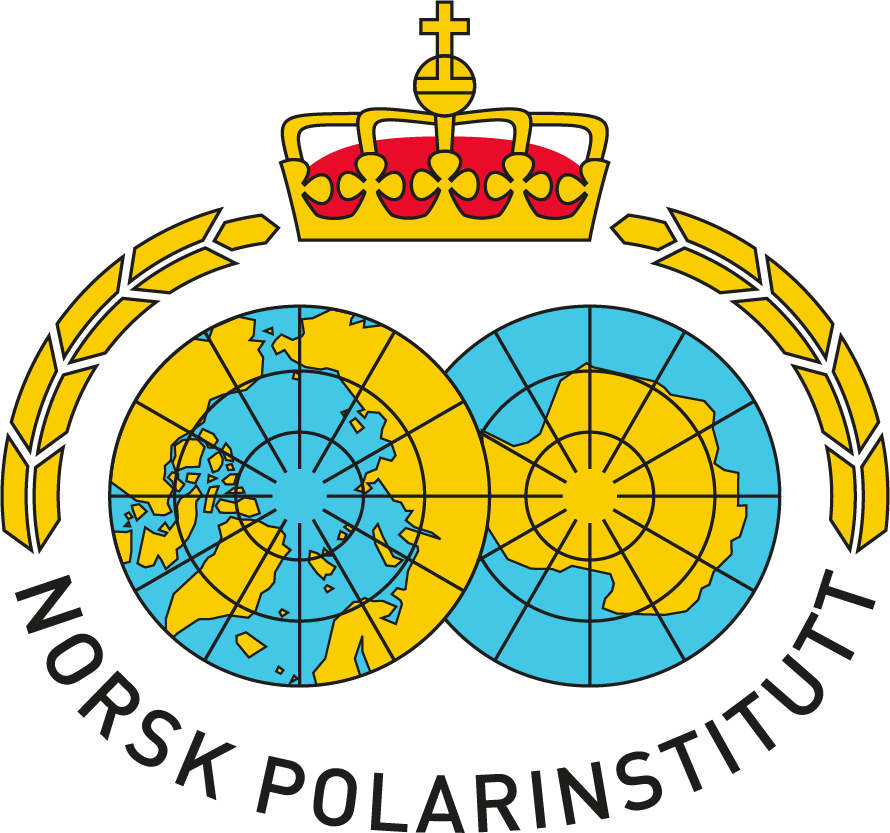I-CRYME
Impact of CRYosphere Melting on Southern Ocean Ecosystems and biogeochemical cycles (I-CRYME)
Global warming is transforming Antarctica; melting the cryosphere (the ice caps, the glaciers and the sea ice); affecting the Southern Ocean physical dynamics and elemental cycles; and impacting the marine ecosystems and their capacity to absorb the atmospheric CO2 emitted by men.
The Southern Ocean is both home to rich ecosystems and a place where atmospheric CO2 is efficiently absorbed by the Ocean. A large part of this atmospheric CO2 is absorbed by phytoplankton and sea-ice algae which are limited by the availability of iron, a bio-essential element. Iron and other nutrients are highly concentrated within the cryosphere. The release of these elements and changes in the ocean dynamics linked to the melting cryosphere will have large consequences on marine ecosystems, their biodiversity and productivity. These consequences are not yet understood and research to improve our understanding is critical to predicting future changes.
This project aims to understand and quantify the impact of the melting cryosphere on the marine ecosystem of the Kong Håkon VII Sea, in the Southern Ocean. Towards this goal, I-CRYME combines field, laboratory and modelling activities that will generate novel datasets. The project utilizes the Research Vessel Kronprins Haakon, the Supply Vessel Silver Arctica that is commissioned annually by NPI to carry out research in the Southern Ocean; innovative technologies such as the TRIAXUS towed vehicle and long-term monitoring by deep-sea moorings in the area. The research activities will allow us to quantify the physical and biogeochemical properties during a time of rapid environmental change and to measure the response of the microbial community to the biogeochemical enrichment caused by the melting cryosphere. The project outcomes will shift our understanding of key processes in the Southern Ocean and improve our predictions of the future of its physical dynamics, its ecosystems and elemental cycles.
